Hotel Design is the planning, design, and complete development and construction of a hotel from the ground up. A hotel is one of the primary forms of hospitality, dating back to ancient travellers. Usually, hotels incorporate their surrounding cultural or scenic elements into their design to suit the needs of the tourists most likely to use the establishment.
Post your Requirement
Importance Of Hotel Interior Design
The hospitality sector is one of the most competitive industries. To survive and make a name for your brand it is essential to provide the best experience for your customers. This is achieved by using designs in a way that is not only visually appealing to attract customers but is also comfortable to stay in and not difficult or expensive to maintain.
Your hotel design should maximise the use of aspects that customers or tourists visit the place for. Additionally, the use of amenities and differentiators helps you gain a reputation among the local population and increase your popularity.
5 Major Steps To Design A Hotel
Designing a hotel is time-consuming and requires a long operation. It can be divided into 5 major steps-:
1. Choosing A Site:
To start with the actual design, you need to have a site to work at and design. You can either choose to build your hotel from the ground up or choose a pre-existing building and then work to transform it. Multiple factors can affect your choice of location.
- Budget: Some properties and buildings are more expensive which can be due to their historic value, size or proximity to local attractions.
- Proximity: While building a hotel that bases itself on the local attractions, it is necessary to try and position your hotel as close as possible to the local attractions.
- Rules & Permits: When choosing an older building as a starting point you must carry out inspections yourself and check if the older building meets the rules and regulations of newer safety standards. When starting from scratch, it is necessary to check with local authorities if the place is open for the construction of commercial properties.
2. Preparation:
In this step, engineering surveys are carried out to mark out a plan for the structure and the site. The engineers study the quality of land/pre-existing structure, depth of groundwater and other necessary inspections before preparing a plan for the site and the location.
3. Architectural Design:
In this step, the entire design of the hotel is constructed. Here comes the facade design, the design of the staircases, walkways etc. to maximise the comfort and the visual appeal of the hotel. The layout of the place plays an integral role when it comes to ensuring a peaceful and satisfactory experience that makes people visit again.
4. Engineering Of Electric, Plumbing And Other Necessities:
This step of the development involves making space for light fixtures, water connections, ventilation systems, cooling systems etc. This step is necessary to make the hotel look and feel comfortable and also be well-equipped to provide the customers with a comfortable visit.
5. Creating Interior Design
This stage requires the creation of the entire interior design. The interior design of a hotel is one of the most crucial aspects of any hotel or any customer-focused business. An interior design creates the entire ambience of the hotel and massively improves the quality of the visit.
Key Elements Of Hotel Design (Layout, Functionality, Aesthetics)
- Layout-: The layout of the hotel is one of the most critical aspects that require focus during the designing and construction phase. The layout of your hotel design ensures that customers get to experience a comfortable, simple and stress-free visit which is worth coming again for. The layout of the hotel design ensures that the visitors have privacy, are not exposed to unnecessary noises from the surroundings, have clutter-free rooms, positive ambience etc. The layout of the hotel room design starts from the entrance of the hotel, then to the reception, then to the hallways to the rooms to the dining area. A layout is responsible for ensuring that the visitors can easily navigate their way around the hotel and easily access the areas they may be interested in. Different places can have different themes regarding what the place is dedicated to, for example, the gaming room can have a theme inspired by the games that are featured in the room or are popular in the area. It can also include the famous sportsperson in the area etc. A layout should be inviting and not intimidating and should also portray the brand value or the brand’s image.
- Functionality-: Functionality is another feature that is essential when it comes to designing a hotel. Functionality ensures that the features present in your hotel design or not just visual gimmicks but serve a purpose and add value to the customer experience. The ability of any design to add value to the customer’s visit and be accessible increases the quality of the design and has a major positive effect on customer satisfaction. The functionality of the hotel design is increased by installing necessary light fixtures, employing trained staff, integrating technology, marking out emergency exists etc.
- Aesthetics-: The visual appeal of a hotel sets the tone for guests. Consider the colour palette and materials—choose colours that evoke the desired mood, whether calming neutrals or vibrant accents. High-quality materials, such as marble, wood, or textured fabrics, add sophistication. Art and décor play a significant role—artwork, sculptures, and decorative elements tell a story, while mirrors create an illusion of space. Finally, thoughtful lighting design, including a mix of natural light and ambient fixtures, enhances the overall ambience. Successful hotel design seamlessly blends these elements, creating an unforgettable experience for guests.
Best Hotel Design Ideas
1. Modern Hotel Design
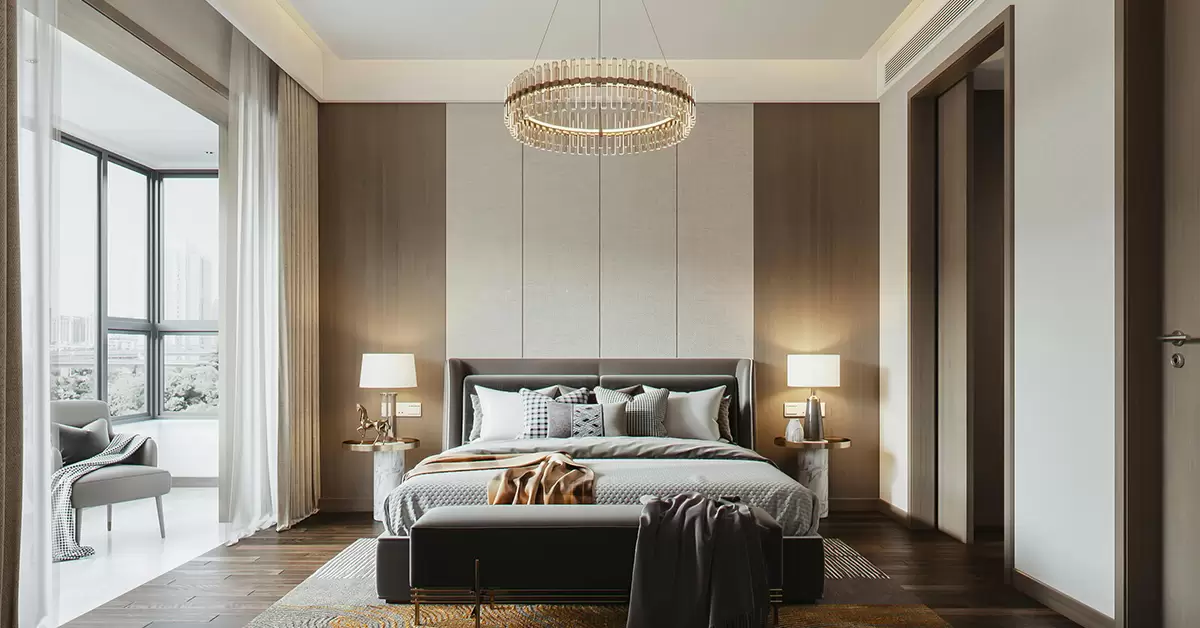
Modern hotel designs incorporate sleek lines, and minimalist aesthetics and also integrate new-age technology to make the stay of the visitors comfortable and entertaining and give them a more modern and tech-savvy experience. These designs prioritise functionality, efficiency, and seamless transitions to different spaces of the hotel. The hotels that inculcate this design usually focus on making the stay comfortable yet not too heavy on the eyes to ensure that the visitors can have a long visit.
2. Boutique Hotel Design
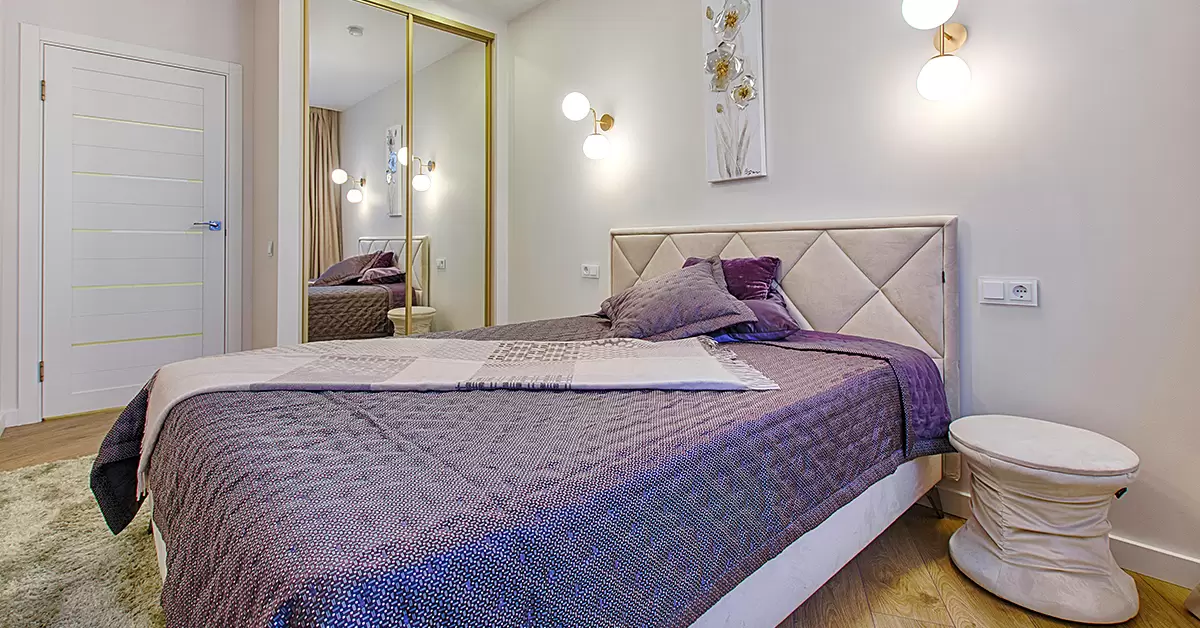
Boutique hotel designs aim to provide a personalised experience, which is achieved in intimate and not-too-grand settings. These smaller hotels focus on unique design elements ranging from custom furniture to matching artwork. These hotels offer cosy lounges, location-inspired decor, and personalized service.
3. Luxury Hotel Design
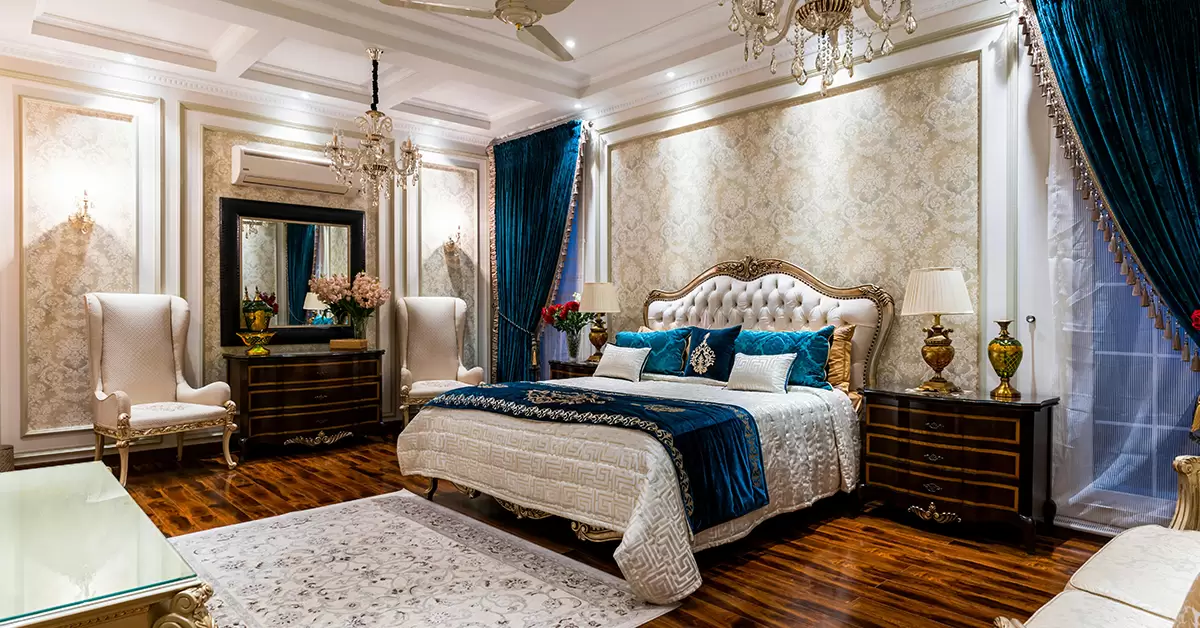
As the name suggests, these designs keep luxury and grandeur as their main focus. These hotels often offer grand lobbies, chandeliers in the hallways, use of exquisite materials etc. These designs aim to give the visitors the experience of a lifetime, from using velvet on the walls to high-quality marble in the washroom this hotel design aims to make the visitors stunned with its grandeur. Hotels following such design are often expensive to maintain, build and run to ensure that the luxury continues to be the statement consistently for a long time.
4. Sustainable Hotel Design
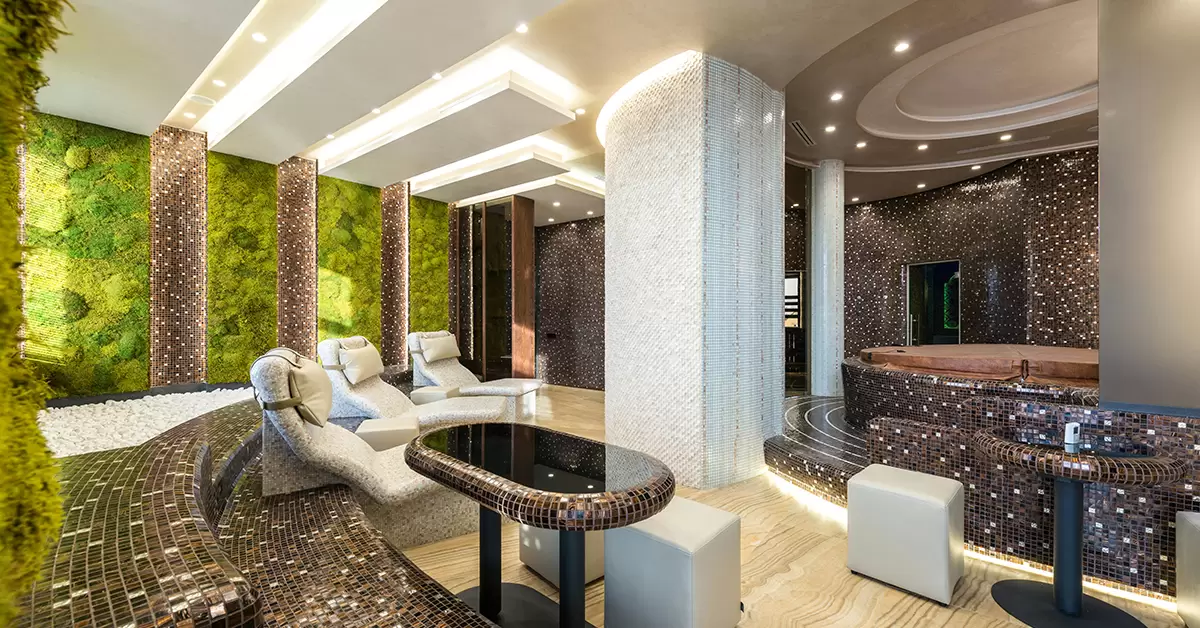
As people are becoming more aware of their carbon footprints and as more more and concrete jungles are being built, sustainability is a trending topic that people pay attention to and make a conscious effort to get into. This kind of design for hotels tries to incorporate eco-friendly practices and materials. Such hotels may use elements like solar panels, rainwater harvesting, gardens etc. to reduce the carbon footprints and can also use plants and shrubs to not only purify the air and ambience but also to fill colour in the interior of the hotel.
5. Small Hotel Design
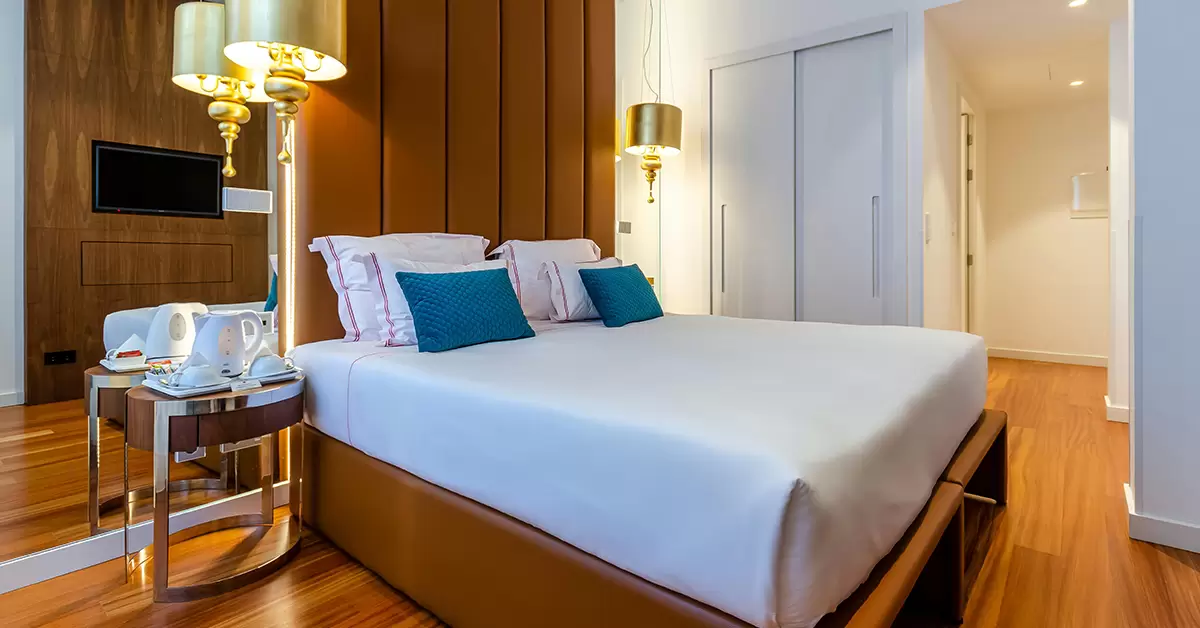
This hotel design focuses on the simple saying of quality over quantity. They have less numbers of rooms to offer but each of those is given personalized attention and character. These nature retreats emphasise comfort, intimacy and attention to detail. It can be a small inn or a historic home converted to a hotel, these hotels help to create a more private and personal visiting experience.
6. Beach Hotel Design
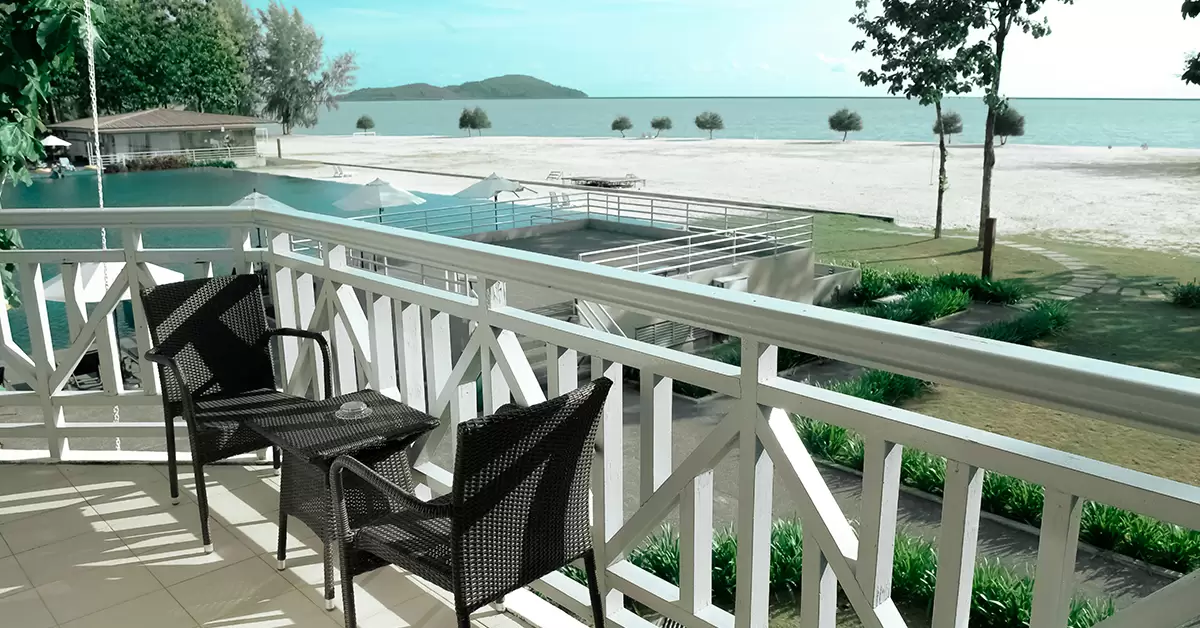
Beach hotel designs focus on capturing the essence and feel of the coastal surroundings in which they are often placed. These hotel designs try to incorporate pools, and palms in an attempt to make the interior of the hotel the same as the location of the hotel.
Professional Required For Hotel Design
When it comes to hotel design, multiple different professionals come to your aid to ensure that the investment in your hotel design gives out the desired outcome.
- Commercial Interior Designers-: When it comes to designing your hotel, you need a professional to create and execute the entire design of the hotel. Be it the hotel interior or the hallway commercial interior designers are responsible for designing and executing the entire design.
- MEP Contractors-: Creating a hotel is a major project, hence hiring multiple different contractors can become hectic. MEP stands for (Mechanical, Electrical and Plumbing) and thus the MEP contractors work to create an entire ecosystem of electrical, mechanical and plumbing fixtures.
- Interior Decorators-: Interior decorators are the professionals who help to decorate the interior, the hallways, the entrance and other parts of the hotel to add a small touch of finishing to add the wow factor to your property.
Hotel design is an important part of any hotel. The hotel design can help to bridge the gap between your hotel and a successful business. A constantly improving design can help you ensure that your hotel stays in business for generations and creates a name for itself in this extremely cluttered and competitive market.
Read Also: Essential Elements Of Commercial Interior Design For Your Project

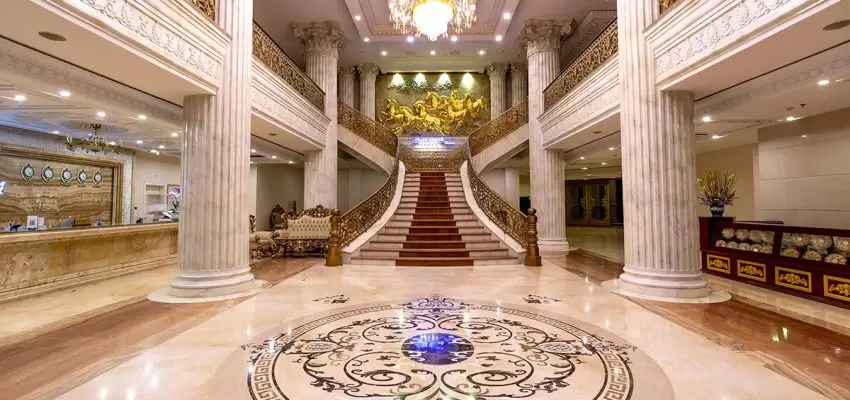
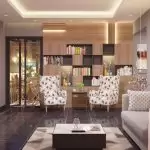




















Post A Comment